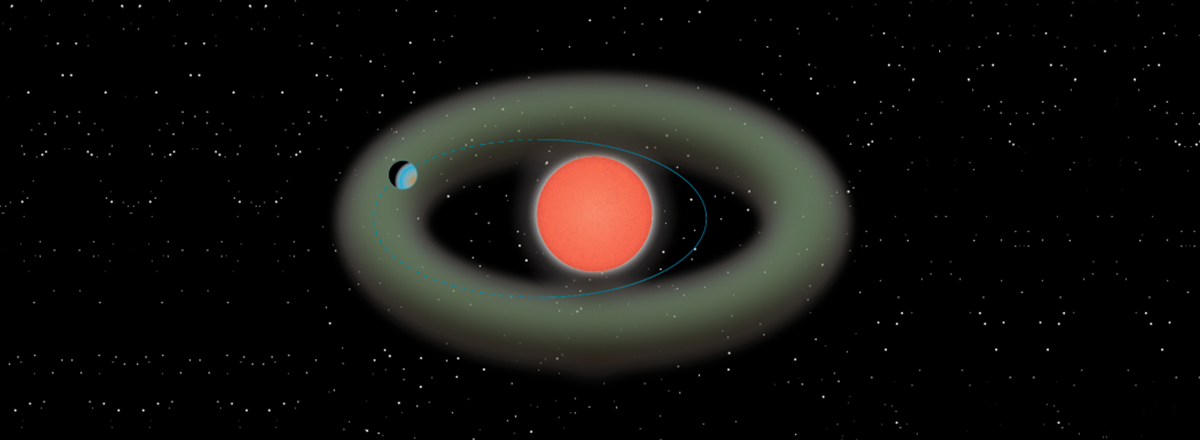Scientists Discover a Super-Earth Located Near Its Star's Habitable Zone
A super-Earth class exoplanet 4 times the mass of Earth was detected orbiting within the habitable zone of a red dwarf dubbed Ross 508. The star is located in the constellation Serpens and is five times smaller than our Sun.

With the help of Japan's Subaru telescope, astronomers have discovered a potentially inhabited planet next to a red dwarf located 37 light-years away from us.
A super-Earth class exoplanet 4 times the mass of Earth was detected orbiting within the habitable zone of a red dwarf dubbed Ross 508. The star is located in the constellation of Serpens and is five times smaller than our Sun.
Its planet Ross 508 b has an orbital period of 10.75 Earth days, and its orbit is 20 times closer to the red dwarf than Earth's orbit is to the Sun.
Red dwarfs may also have planets of their own, and if their orbits pass close enough to the parent star, the surface temperature may be comfortable enough to have liquid water. Ross 508 b may also be able to retain water on its surface.
Japan's Subaru 8.2-metre telescope has recently been fitted with an IRD spectrograph that allows it to cover the infrared wavelength range as well. This makes it easier to observe red dwarfs like Ross 508.
The team's research has been accepted into the Publications of the Astronomical Society of Japan.

